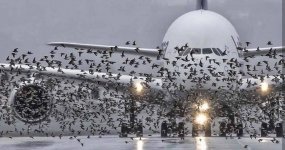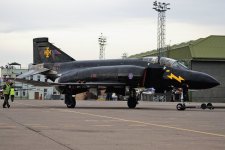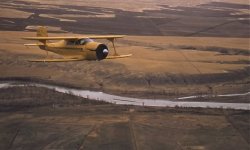MJB
Well-known member
Great discussion. I did a little more digging around and came across this paper in nature.com.
https://www.nature.com/articles/srep09914 They kind of reinforce the role of the alula in generating vortices which delay boundary layer separation and thus improve high aoa flight.
I've seen somewhere (I've had a hunt but can't track it down) that the alula, as well as monitoring and controlling the overwing boundary layer, also incorporated a neural feedback mechanism which gave early warning of a stall, the flutter of the alula vibrating the quill in the skin, thus triggering wing muscles to alter the wing-shape correctively.
In addition, reduction of the over-wing boundary-layer effect causes the wing-feathers in the affected area to lift upwards, likewise triggering neurally a correction of the wing shape to restore the boundary layer.
Bird reflexes are faster than ours, which poses the question, 'Did the reflexes result in the adaptation of the neural pathways, or did the neural pathways detect the feather movements in turbulent air, resulting in reflexes becomeing faster...?
MJB











